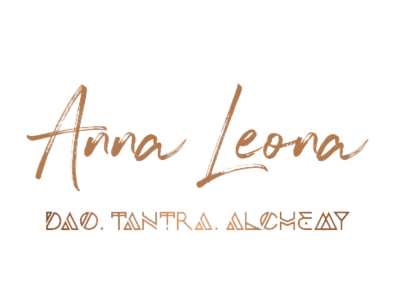
Sakkara: The Sacred Gateway to Eternity
Our journey to Sakkara continued as an immersive experience into the sacred mysteries of ancient Egypt. This site, one of the most significant necropolises of the Old Kingdom, served as a spiritual hub for over three millennia—a place where the mysteries of the soul—Ka, Ba, and Ah—were explored and preserved.
At the Pyramid of Unas, we were greeted by the awe-inspiring sight of its celestial plafond, where thousands of stars reflect the constellation of Orion. These blue-green stars, carved into the alabaster ceiling, serve as a bridge between the earthly and the divine. Within its chambers, the Pyramid Texts—the oldest known collection of religious spells in the world—were inscribed to guide the soul to eternal life. This sacred script, a precursor to the Book of the Dead, encapsulates the teachings needed to navigate the afterlife and unite with the divine order of Ma’at.

The Serapeum, an underground labyrinth housing the colossal sarcophagi (weighing up to 120 tons) of the sacred Apis bulls, represents the Earth’s matrix. This space is imbued with the vitality of Ka, the life force, and the balance of the spiritual and physical. The Apis bull, a symbol of creative and regenerative power, was venerated as a living embodiment of Ptah, the god of creation. Walking through these hallowed halls, one can be nourished by this active vital force.


At Sakkara, the interplay of spiritual principles became tangible. The integration of Ka (life force), Ba (soul), and Ah (spiritual essence) reflected the ancient Egyptians’ intricate understanding of existence.
- Ka: The "Ka" represents the vital essence or life force of a person. It is the sustaining energy that enables physical and spiritual vitality. Ancient Egyptians believed that the Ka continued to live after the body’s death and needed nourishment, often provided through rituals and offerings. The Ka was viewed as the essence that connected the individual to the physical world, and statues or carvings were created as vessels to house this vital force after death.
- Ba: The "Ba" is the soul’s individuality and the essence of a person’s personality, desires, and emotions. Unlike the Ka, the Ba could move freely between the physical and spiritual realms. After death, it was believed that the Ba traveled to the afterlife but could return to the physical body or tomb to draw sustenance from offerings. The Ba was often depicted as a bird with a human head, symbolizing its ability to move between worlds.
Together, the Ka and Ba were integral to the Egyptian concept of the soul, both contributing to eternal life. When united after death, they formed the "Ah," or a fully realized spiritual existence. This union was facilitated by sacred rituals and was essential for a successful transition to the afterlife.

